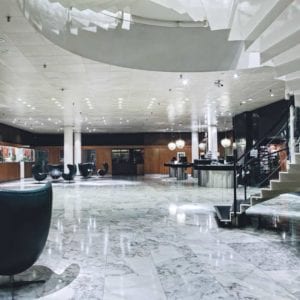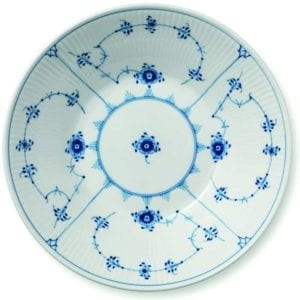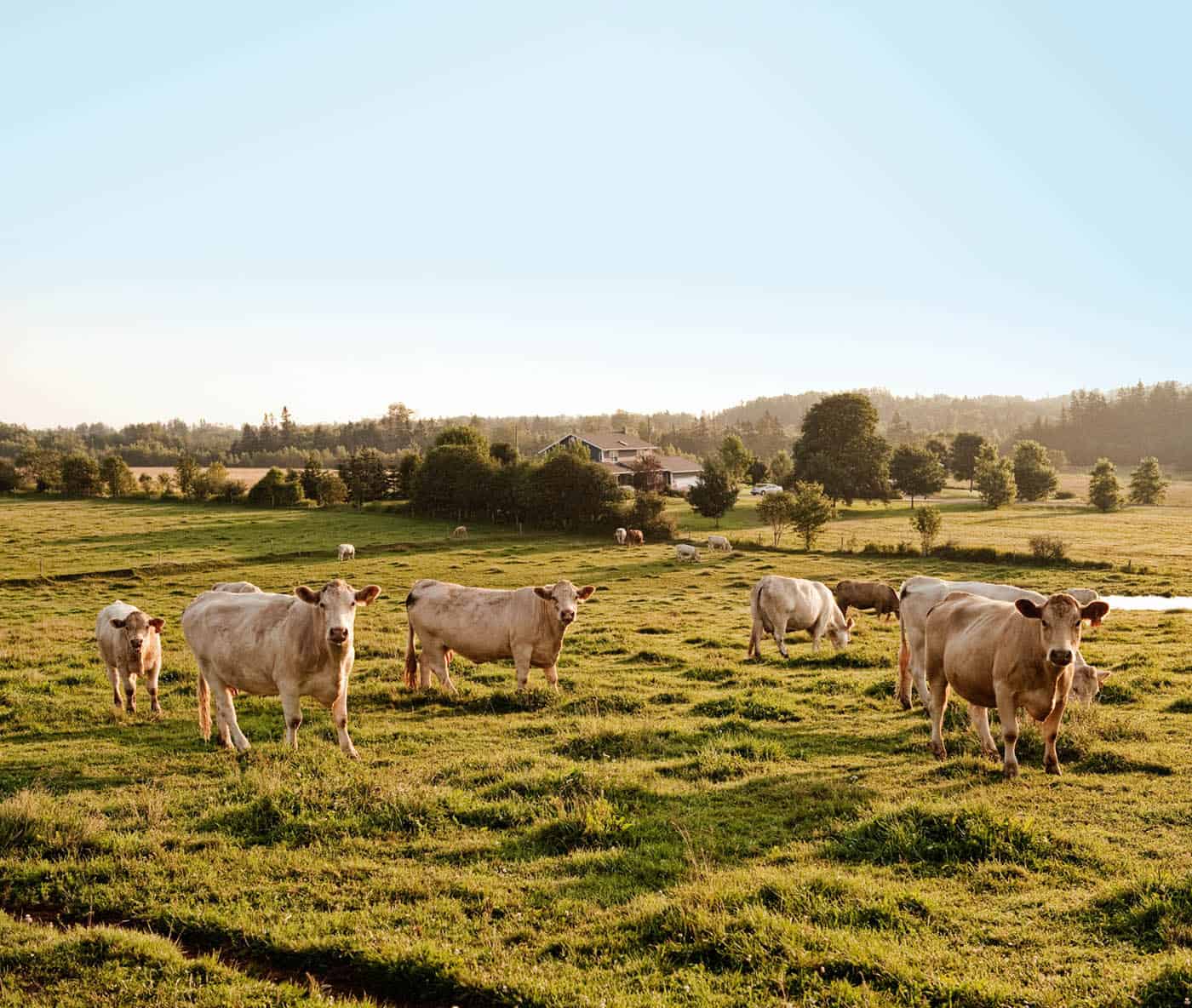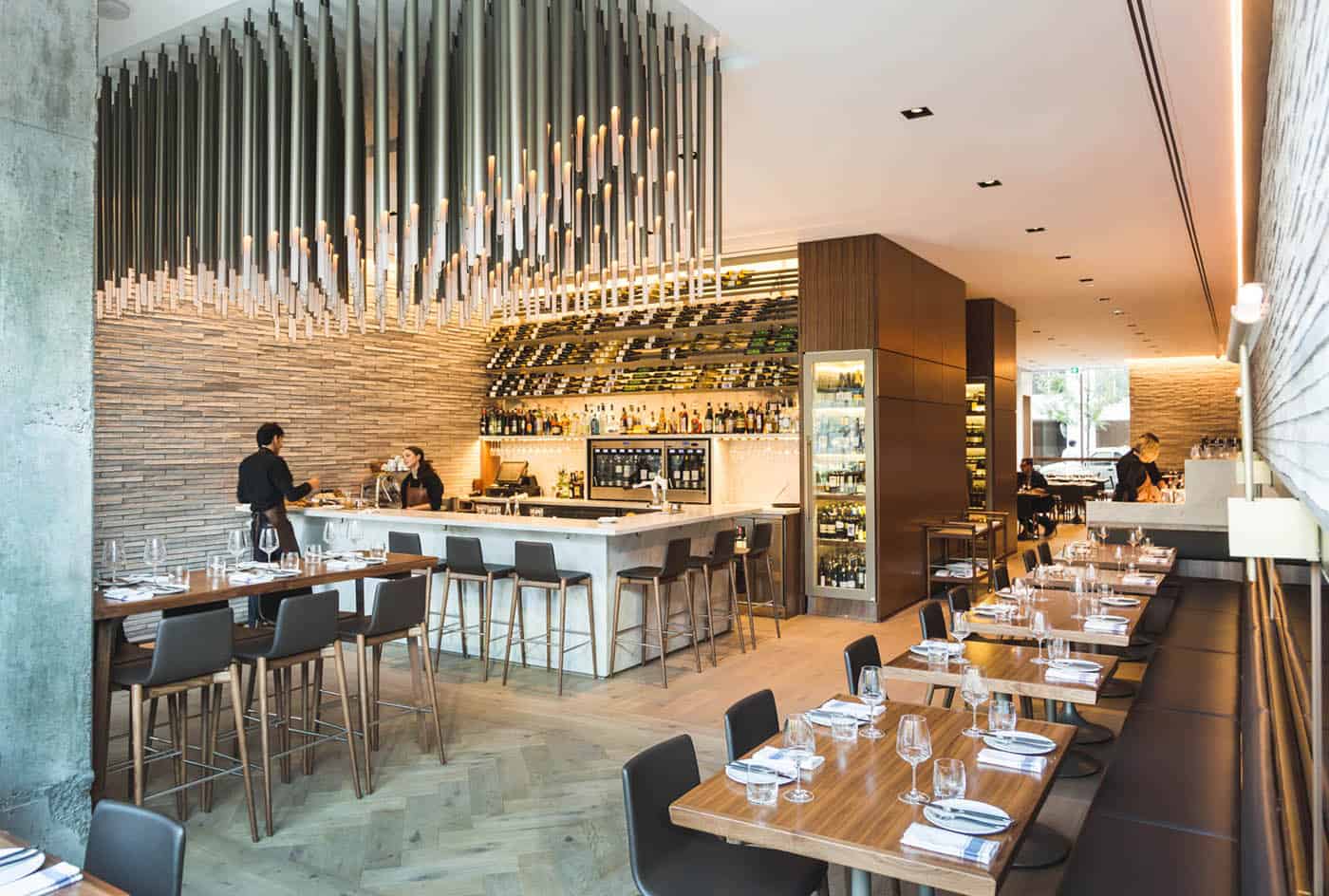How the Children of Noma are Rocking Danish Cusine
BY MARIE-CLAUDE LORTIE
Every time I say “Copenhagen,” I get two different reactions— either a teasing comment about how ridiculously often I’ve been to Denmark (10 times) and how much I love Scandinavia or questions about the restaurant Noma.
a. “Is it really that hard to get a reservation? How much does it cost? Is it true they serve live shrimp?” And every time I say the same things about the cult destination. Yes, it is hard to get a reservation, but not impossible if you’re patient and flexible. It costs about $500 per person. And, yes, they do serve live shrimp sometimes. I’ve had ants as well. “But is it worth it?” Yes, absolutely. Noma is a beautiful and important place serving deliciousness aplenty. It started the whole post-farm-to-table, let’s-forage-instead New Nordic movement, the most influential cooking philosophy since molecular cuisine. And Noma changed the way we eat, especially in cold Canada. For gastronomy lovers, going is a pilgrimage. But chef René Redzepi’s famous experiment-turned-Michelinstarred mecca started 12 years ago. And that means there’s been plenty of time for its alumni to transform the city with other creative establishments. Now you can go to Copenhagen without going to Noma and still experience its influence.
The Michelin-starred Relæ, for example, located in the rapidly gentrifying Nørrebro area, is a more casual but still uber-creative spot run by Christian Puglisi, who was Redzepi’s No. 2 before he left in 2010 to run his own place, along with maître d’ and sommelier Kim Rossen. Now the pair also owns Manfreds & Vin, across the road from Relæ, a more casual, vegetable-centred bistro with a finely curated natural wines. Puglisi and Rossen are organic apostles who prefer to use natural products for their establishments. They even run their own farm and milk their own cows to make the mozzarella served at their third spot, Bæst, an Italian eatery where the flavours are rooted in Puglisi’s Sicilian origins.
Last summer, Slow Food founder Carlo Petrini tasted the cheese and proclaimed it one of the best in the world in front of a crowd of chefs and journalists reunited under a tent at MAD5, a yearly exclusive symposium organized by the Noma team. At Bæst, the wood oven-baked pizzas have crusts that are crunchy on the outside and soft within, burrata gets plated with only a dribble of Sicilian olive oil, and the charcuterie is all homemade. Next door, Mirabelle serves gorgeous cappuccinos and breakfasts, and doubles as the bakery for the Puglisi-Rossen micro-conglomerate.
For more Noma alumni fare, Bror is another option, or Amass, where former Noma head chef Matt Orlando turns his homegrown vegetables into creative new Nordic dishes, served in a huge industrial space with graffiti on the walls and views of Copenhagen’s harbour. One can also bike to a downtown market downtown called Torvehallerne—once there try the great hipster cold brew at Coffee Collective—where Rosio Sanchez, former pastry chef at Noma, has a taco stand called Hija de Sanchez. Some people complain about the price—the equivalent of about $20 for three snack-sized tacos—but if she has a Michelin star chef as a guest cook that day, the experience is well worth it (Redzepi is a regular, with creations that might involve cured egg yolk, brisket and marinated salad leaves). Torvehallerne is also the best spot for a tourist to buy local seasonal products.
For the total Redzepi tour, the other compulsory stop is 108, his new, more casual resto located on the port not far from the current Noma, which will, by the way, move next year to a more farming-friendly location. A vast space with vertiginous ceilings, elegant glass lamps and bare walls, 108 offers a spectacular view of the harbour. The menu has the Noma signature: think caramelized milk-skin tacos with grilledpork belly and watercress, romaine lettuce stems with aged turbot roe and marigold petals, cured mackerel with celery vinegar. New Nordic tourists who want to party should definitely touch down at Geist, where chef Bo Bech gives the dining experience a supper club twist with tasty cocktails, loud music, stylish crowds and incredibly handsome creative dishes like heart of lamb with cherries and wood sorrel or chanterelles with pigtails and elderflower.
On the other side of town, in Østerbro, diners looking for a formal meal should head for the three-Michelin-star Geranium, where chef Rasmus Kofoed, a threetime winner at the Bocuse d’Or cooking competition in Lyon—he has won the bronze, silver and gold medals—cooks above a soccer field as the front of the house and the cellar are supervised by his business partner, Søren Ledet. Perfectly decorated à la scandinave, with lots of greys and slick modern furniture but no bling, Geranium is a temple for people who love highly technical dishes and beautiful culinary tours de force. Live shrimp aren’t on offer, but there are exquisite broths with delicate flowers and a spectacular, skull-shaped licorice dessert.
As for wines, the emphasis is not so much on natural as classic. The cellar, filled with Cortons and GevreyChambertins, is impressive. For traditional Danish fare, my pick is Shønnemann, where I’ve run into Noma staff members on a few occasions. It’s one of the classic smørrebrød cafés of the capital, where business people gather for lunch around open-faced sandwiches, beer and schnapps. They even serve “Rene’s favourite,” with halibut, in honour of Redzepi. But the classic shrimp sandwich, in which a large number of exquisite pink crustaceans are carefully piled like a work of art is also spectacular. And don’t worry, they won’t move on their own.

DESIGN TOURISM
The lobby of the Radisson Blu Royal (formerly SAS) Hotel is a must, with its gorgeous vintage furniture designed by the legendary Arne Jacobsen. Alberto K, the restaurant with sweeping views of the city on the top floor of the hotel, also features his designs, including cutlery, coffee pots and pepper mills.

SHOPPING
For Danish design, including classic Georg Jensen cutlery and Royal Copenhagen porcelain or cool kitchen tools, go to Illums Bolighus in Stroget, the famous pedestrian shopping area downtown. For slick contemporary design—from water glasses to tea towels—head to HAY. Normann Copenhagen is another Danish design cult destination. Looking for cute, super-cheap paper napkins, candles or lunch boxes? Go to any Flying Tiger store, an incredibly fun and very affordable chain.



